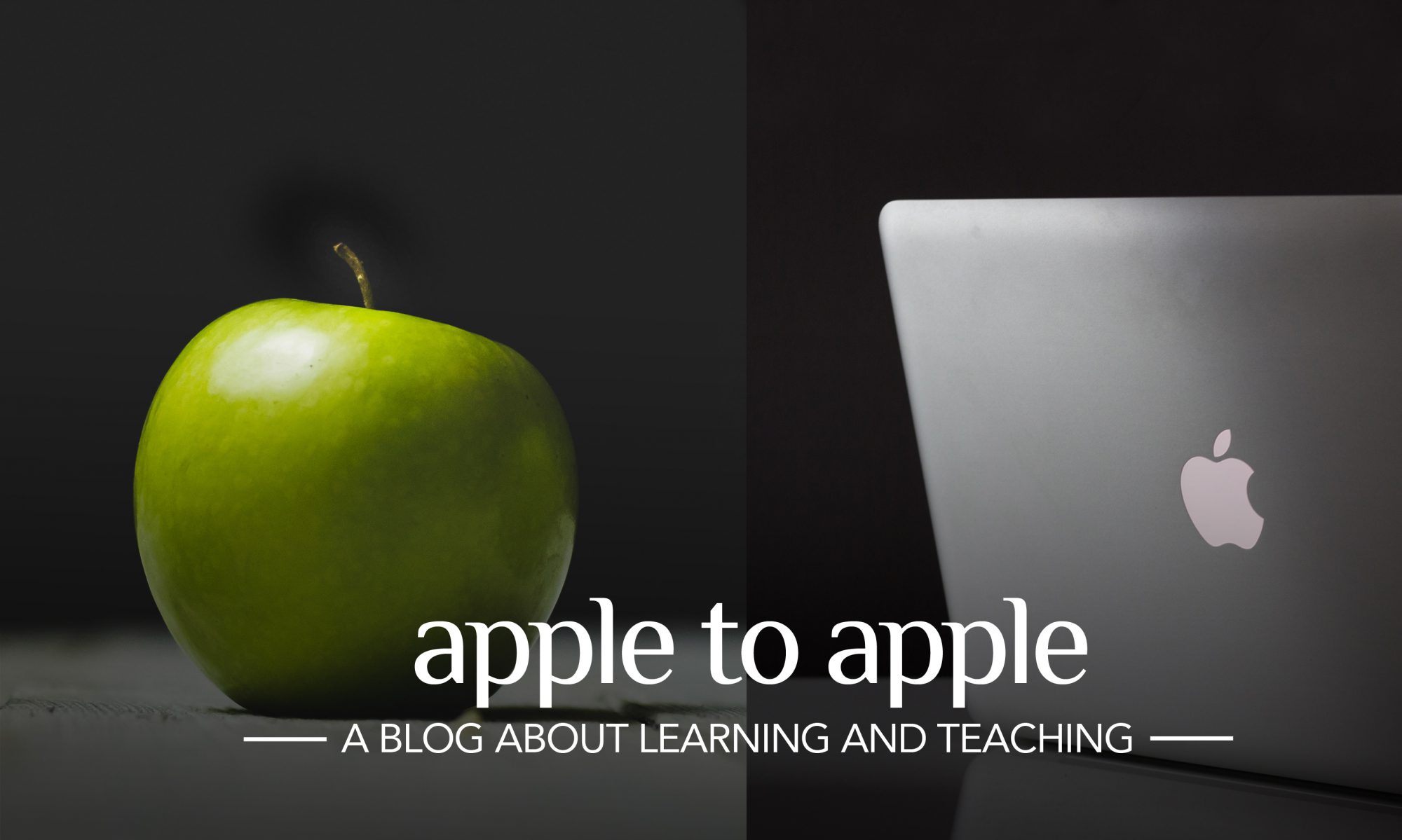“You’re my favorite teacher.”
These are the words we like to hear as a student leaves class, or in the aisle of the grocery store on a Friday evening, or in a good-bye note at the end of the year.
But what exactly does this mean? Why was I the favorite teacher for John, but not for Kelli, who claimed Ms. Wilson as hers?
I gradually came to see that students often use those words to describe a connection they feel with a teacher, even though they might not be able to articulate why. Here’s what they could mean:
- Your teaching style fits my learning style. Kelli, who had a practical, hands-on approach to learning and was a part-to-whole learner, liked how Ms. Wilson came right out and told it like it was, how you made flashcards for a test and then memorized them with a study buddy, how you built a model of DNA. In Ms. Wilson’s class you knew exactly what to do and how to do it. In fact, Ms. Wilson’s class was full of doing. Ms. Wilson, Kelli thought, would be anyone’s favorite teacher.
Except for John, who liked my class better. He liked discussions about ideas and big questions. He didn’t want to be told why George Orwell wrote Fahrenheit 451. He wanted to figure out why. John was a whole-to-part learner.
- You’re filling a gap for me. No one on our teaching team could do anything with Alex Nott, except Mr. Grant. And this was because Mr. Grant had what Alex wanted—the wooden cars that Mr. Grant made to bribe kids into being good. Alex had to be good a long time to earn a car. And when he finally earned a car, he decided he wanted to make them. So after school, Mr. Grant helped him build cars. Alex had an over-worked mom and a dad in prison, and this time with Mr. Grant after school filled a gap for Alex. No wonder that Mr. Grant was Alex’s favorite teacher.
- Your personality matches mine. I’d watch Alexa writing an essay at her desk. She’d sit there, biting her lower lip and with a thin line of worry on her forehead. Her freshly sharpened pencils would be lined up and her papers in a neat stack. She’d write, then erase, and write again. And then, her forehead would clear, and, I could tell, she thought she got it right. I knew how Alexa felt because that was how I had done school. Alexa and I had a natural affinity. And I was, I knew, her favorite teacher.
I learned early-on that I couldn’t be everyone’s favorite teacher, that I’d wear out trying. Still my students taught me how to reach toward kids who didn’t like me—to try to match my teaching style to their learning styles or to fill a gap or to appreciate a personality. This didn’t often turn me into their favorite teacher, but it gave them a greater sense of well-being in my classroom so they could learn more easily from me.

